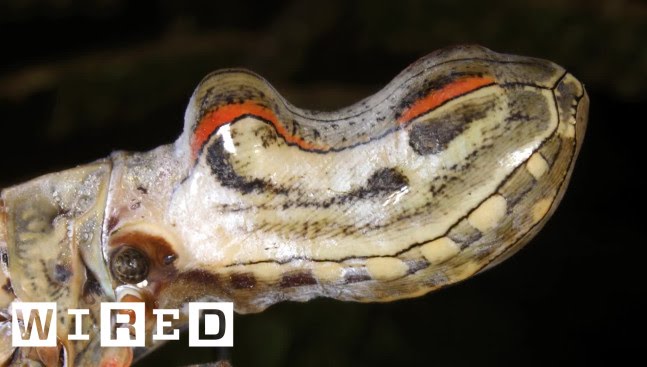Baking 101: Tips and Tricks from a Baking Expert
Summary
Baking expert Nina Kasem shares her tips and tricks for baking success in a Twitter Q&A session. She discusses various aspects of baking, such as temperature, ingredients, and techniques to create delicious treats. Additionally, Kasem provides easy-to-follow recipes for cream cheese frosting and sprinkle explosion cake. She also addresses common baking issues, including flat cakes and cookies, and provides suggestions for overcoming such challenges.
Table of Contents:
- Baking temperature and techniques
- Ingredients and flavor-enhancing tips
- Cream cheese frosting and sprinkle explosion cake recipe
- Troubleshooting common baking issues
Introduction:
Baking can be a challenging yet rewarding experience, allowing you to create delicious treats that can be enjoyed by everyone. As a baking expert, Nina Kasem is here to provide you with some tips and tricks to make your baking experience easier and more successful. In this Q&A session, she answers various questions and shares her advice on temperature, ingredients, techniques, and even provides an easy-to-follow recipe for a cream cheese frosting and sprinkle explosion cake. So let’s get started!
Q&A:
Baking temperature and techniques
Q: How do you know what temperature to bake at?
A: The temperature for baking depends on the type of item you are baking. For example, cakes should be baked at around 350-375F, while bread and pastries should be baked at a higher temperature around 400-425F. It’s crucial not to bake at too high or too low a temperature, as this can result in burned or raw dough. It’s essential to follow the recipe’s temperature instructions carefully.
Q: Can you explain the difference between baking soda and baking powder?
A: Baking soda needs acid and liquid to activate, while baking powder only requires liquid. When baking, you typically use both baking powder and baking soda to achieve the best results.
Ingredients and flavor-enhancing tips
Q: What’s the recommended amount of salt to use when baking?
A: It’s best to stick to the recipe’s quantities for salt. Salt is essential in baking as it enhances flavor. However, it’s equally important not to overdo it with salt. Ensure you follow the recipe’s instructions for the best flavor.
Q: What’s the best way to measure ingredients for baking?
A: Using proper measuring cups or scales is essential when measuring ingredients for baking. Measuring by weight is the most accurate method, but using measuring cups with precision is necessary as well.
Cream cheese frosting and sprinkle explosion cake recipe
Q: Can you provide an easy recipe for cream cheese frosting?
A: Sure! Here’s a simple recipe for cream cheese frosting:
– 4 oz. cream cheese, softened
– 1/4 cup unsalted butter, softened
– 2 cups powdered sugar
– 1 tsp. pure vanilla extract
1. In a bowl, beat together the cream cheese and unsalted butter until smooth.
2. Gradually add the powdered sugar and vanilla extract and beat until the mixture is creamy.
3. Use immediately or store in the fridge.
Q: Can you provide a step-by-step tutorial on how to make a sprinkle explosion cake?
A: Of course! Here’s how to make a sprinkle explosion cake:
1. Prepare your cake batter and divide it evenly between three cake pans.
2. Mix a generous amount of sprinkles into the batter for each pan and stir.
3. Bake the cakes according to the recipe instructions.
4. Layer the cakes, spreading frosting between each layer.
5. Once the cake is fully assembled, coat the top and sides of the cake with frosting, smoothing the surface.
6. Decorate the cake with additional sprinkles on top, creating a “sprinkle explosion” effect.
7. Serve and enjoy your beautiful and festive sprinkle explosion cake!
Troubleshooting common baking issues
Q: Why do my cookies always turn out flat?
A: Flat cookies could be due to several factors, such as using warm dough, using butter that’s too soft or melted, or baking at too low a temperature. Ensure that you follow the recipe’s instructions carefully, use cold butter, and thoroughly chill the dough before baking.
Q: How can I prevent air pockets from forming in cupcakes?
A: Air pockets in cupcakes can happen due to overmixing the batter or baking at too high a temperature. Try gently folding the ingredients together rather than overmixing or using a lower temperature when baking.
Conclusion:
Baking is a rewarding and fun experience, and with the right tips and tricks, it can be effortless and successful. By paying close attention to temperature, measuring ingredients accurately, and following proper techniques, anyone can bake delicious treats. Remember, if you encounter challenges along the way, it’s essential to have patience, practice, and a scientific approach to solving the issue. Happy baking!






